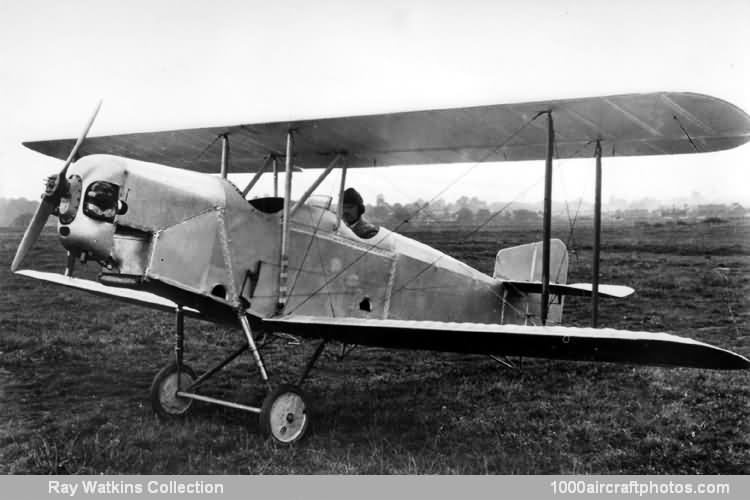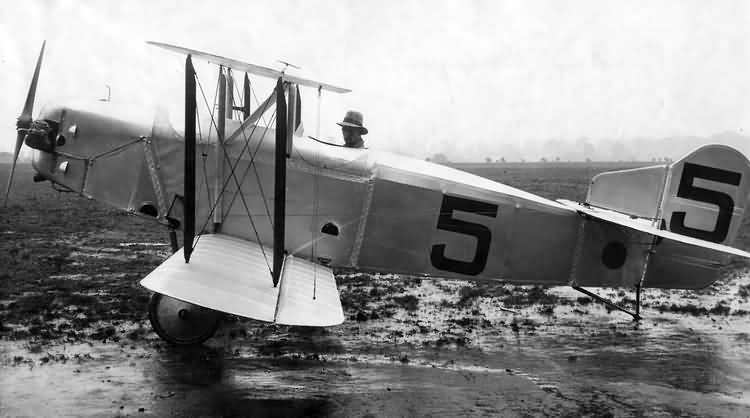11/30/2010. Remarks by Johan Visschedijk: "In 1923 the Daily Mail, which almost from the first days of powered flight had actively encouraged the development of aviation by awarding worthwhile prizes for specific achievements, offered a number of money prizes (including a first prize of £1,000) for a series of Motor Glider Competitions. Staged at Lympne airfield, Kent, during the week beginning October 8, 1923, these were intended to encourage the development of light aircraft that would speed the growth of the private flying movement.
A rather more ambitious attempt to achieve a similar result was launched early in 1924, by the Air Ministry, which announced that Two-Seat Light Aeroplane Trials would be held from September 29 to October 4, with Lympne again the venue. The rules for competing aircraft were rather more stringent, including the requirement that the wings could be folded easily to facilitate storage, that the engine capacity should not exceed 1,000 cc, and that a minimum control speed below 45 mph (72 kmh) should be complemented by a maximum speed of more than 60 mph (96.5 kmh).
Uncertain whether biplane or monoplane configurations would be most successful, Westland placed an each-way bet, building Woodpigeon biplane and Widgeon monoplane designs for entry in the competition. The Woodpigeon was a small but conventional single-bay braced biplane of wooden construction with fabric covering, its wings could be folded. The fixed tail skid type landing gear had its main wheels mounted on V-struts with through axle and friction-damped spring shock-absorbers. The pilot was seated in the aft one of the two open cockpits.

